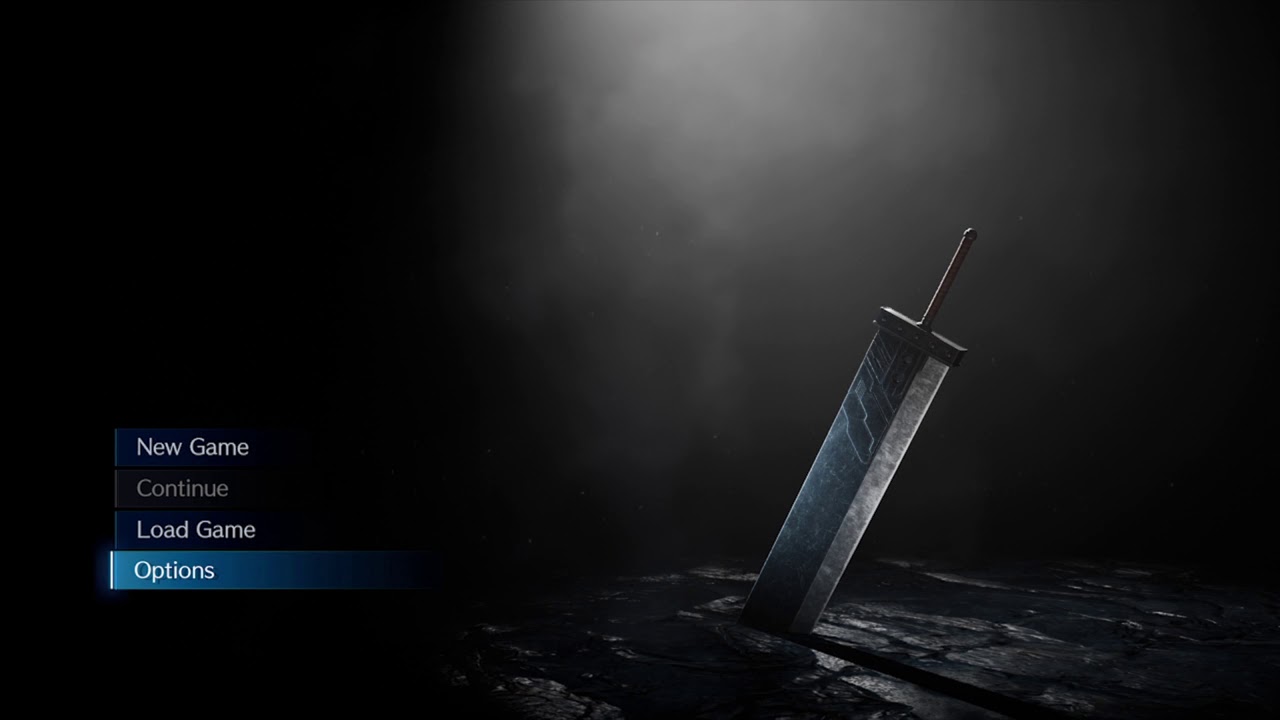50% of Final Fantasy 7 Remake is absolutely thrilling. The other 50% is frustrating and boring. Highs and lows within the same game make it difficult to assess. Does the bad outweigh the good? Let’s dig in and find out.
In spring 1998, I sunk over 100 hours into the original Final Fantasy 7. Credit due to FF7, it cemented the genre as my favorite in videogaming. Epic is the only way to describe playing it during the initial release. No game had such a massive world, huge cast of characters, and crazy plot twists.
FF7 earned it’s place in videogame history, but time has dulled it’s luster. Random battles are too frequent. The graphics no longer impress, even against other PS1 games. FF8, Xenogears and Lunar look better. Dialogue is painful, whether through translation issues or how characters are handled. Honestly, FF7 is not a top 10 JRPG anymore.

Characters
FF7 Remake improves on the original’s strengths; story and characters. Cloud, Tifa, Barret and Aerith were always great, but they feel like real people in the remake. The incredible animation and voice acting helps. You can see Cloud go from tough guy to friend through the way he smiles and changes his tone of voice. Tifa’s struggle with the morality of Avalanche’s actions is clear even when not directly addressed in the text. Aerith’s positivity gives way to knowing sadness at times. Infinitely likeable and relatable is how the whole cast feels.
Barret gets the biggest upgrade of the player characters. His tough guy exterior is stereotypical at first, feeling just like he did in 1998. The turning point is the introduction of Marlene, his daughter. She was present in the original, but the dialogue and emotion captured in the animation creates an emotional bond between them. The original had to rely on text, and it didn’t quite work.
The best single character moment in the whole game belongs to Barret. There’s a moment where he races to discover if Marlene is safe. The journey through doubt to realization is absolutely honest. I couldn’t imagine it being done better. I’d place the sequence on par with any Pixar film for animation, dialogue and voice acting. John Bentley deserves a ton of credit for the voice work.
Biggs, Wedge and Jessie receive a similar boost in character development. The trio were interesting enough in the original, but now they’re fleshed out to the point of being major characters. Every sequence with them is top tier. They genuinely feel like friends, not just to each other and our player characters, but to the player. Who wouldn’t want to share a Midgar Special with that trio?
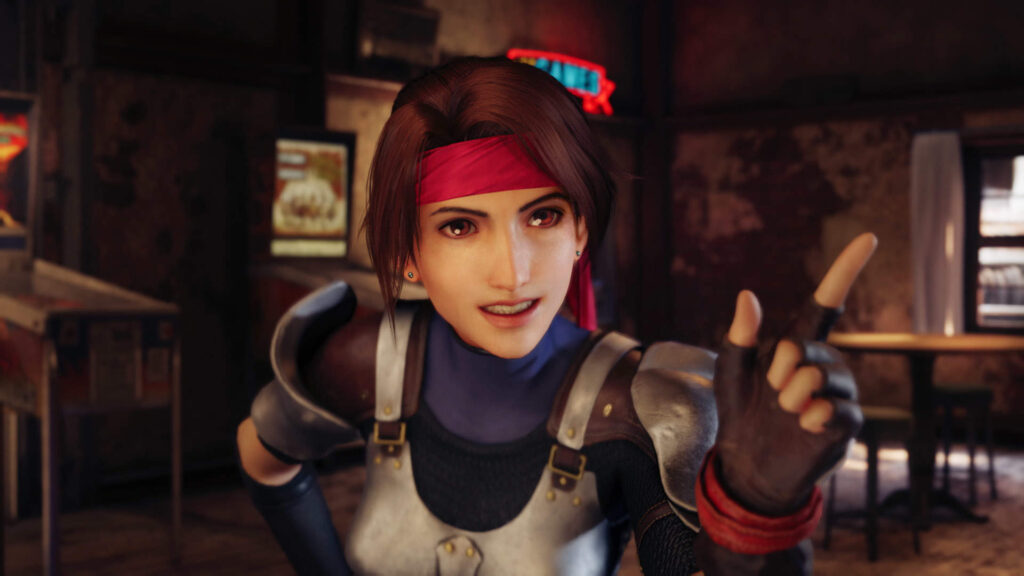
Story
Midgar accounts for less than a 10th of the original games storyline. When playing it back in 98, I was shocked to realize I left Midgar with two CDs worth of gameplay to come. The remake is set entirely in the city. The plot is tightly focused on bringing these characters together to fight Shinra, the evil corporation sucking the planet’s life enery dry.
Themes of corporate greed, climate change, media manipulation, and political abuse play throughout the narrative. These don’t just impact the major plot, but play into every character interaction and inform the world design. Sector 5 and 7 truly feel like forgotten slums, allowing the story to play out visually as well.
When I was 13 they were obvious, but didn’t hit hard. In 2020 and at age 36, the story of Final Fantasy 7 Remake is clear in it’s messaging. Strong themes can make a story too obvious, but it doesn’t beat you over the head with them. For a game that needs to speak to all ages that’s an impressive balance.
The main storyline is perfectly paced. For every major action, there’s a quiet moment of reflection or emotion. A character beat to help show the impact of the plot point. This never slows the story’s progress, instead enhancing the way it develops. It’s rare that I’m compelled to keep playing a game day after day for hours, but FF7R managed it.

Gameplay
Pacing is a strength of the plot, but not gameplay. Dungeon’s are especially frustrating, as they feel stretched to pad game length and hide development costs. The Lab in Chapter 17 is especially problematic. Areas are copy & pasted, tasks are repetitive, and combat lacks variety for standard enemies. Stretched over four major sections it wears out its welcome. If it has been two sections, it would have been fine. The lab is the worst section of the game.
Further hurting pacing are pauses that punctuate gameplay. Characters must be lined up perfectly for dialogue and actions to take place. Anytime Cloud talk to somebody, he stops dead while everyone slides into position around him. It’s 5 seconds, not long, but it happens all the time. The Lab is especially bad, as one character needs to cross a gap to flip a switch. The whole sequence takes far too long and adds nothing to the experience.
A lot of this likely comes down to budget and time. A lot of money went into this game, and development took forever. Reusing assets and leaving those delays makes sense, but it hurts the gameplay experience. Compounding the problem is boring visual design. For every cool area, like the top of Shinra Head Quarters, there’s twenty boring sections of industrial scaffolding, sewers or basic hallways. Combined with over staying their welcome, and level design is another weak point for the game.
Side quests are another sore spot in gameplay pacing. The quests are well designed, but they don’t add to the narrative or gameplay experience. New gameplay types would help spice side quests up. Too many fetch quests and combat sequences. Story wise they add nothing to the main plot, and as stand alone stories aren’t particularly engaging.
Side characters are dreadfully dull. You can’t talk to most of Midgar’s citizens. Those I can talk to are limited to basic dialogue linked specifically to side quests or shops. There’s incidental dialogue that you’ll overhear from background characters, but a strength of RPGs is character interaction. Final Fantasy 7 Remake has almost none, which makes the side quests feel pointless. Removing them wouldn’t have hurt the game at all.
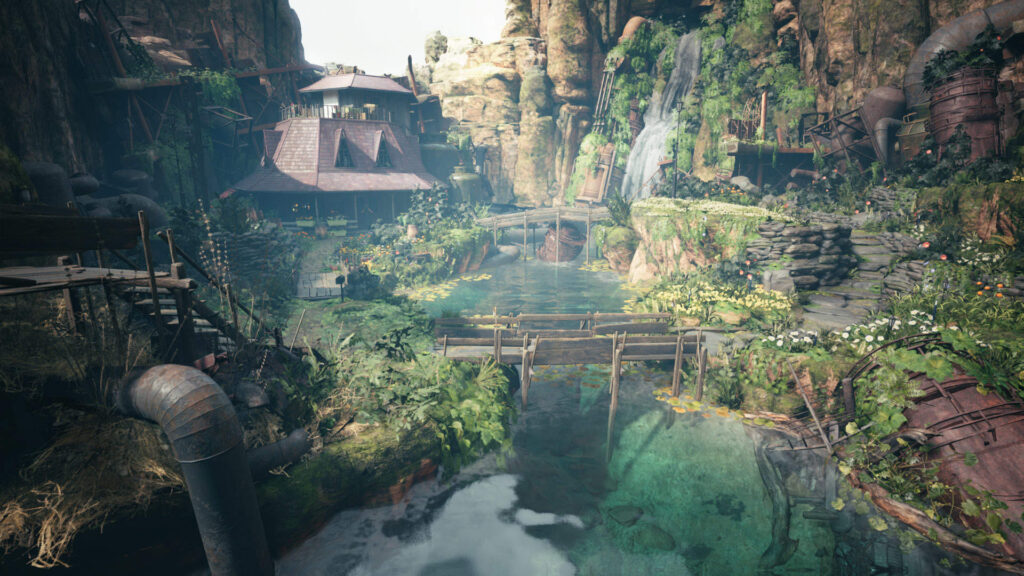
Combat
This mix of great and terrible continues with the combat. The combination of real time attacks and paused menu actions isn’t new. Fallout 3 pioneered a similar system with VATS. It can work, and there’s two battles in FF7R where it shines…and no surprise it’s during boss battles.
Fighting Arsenal in Chapter 17 is the peak use of the battle system. You fight a massive mech with three support mechs that need to be defeated first. The environment provides cover, giving you a choice between defense and attack. Splitting the party for attacks from infront and behind is useful throughout the game, but it’s handled best here. All the combat techniques you’ve learned come together into a fun sequence that has the player balance multiple characters.
The one on one fight with Rufus is another highlight. Block at the right time, dodge massive attacks, and attack when you can. Spamming the attack button will get your butt kicked. Relying on magic won’t cut it. You need to think the battle through. Strategy is key to success.
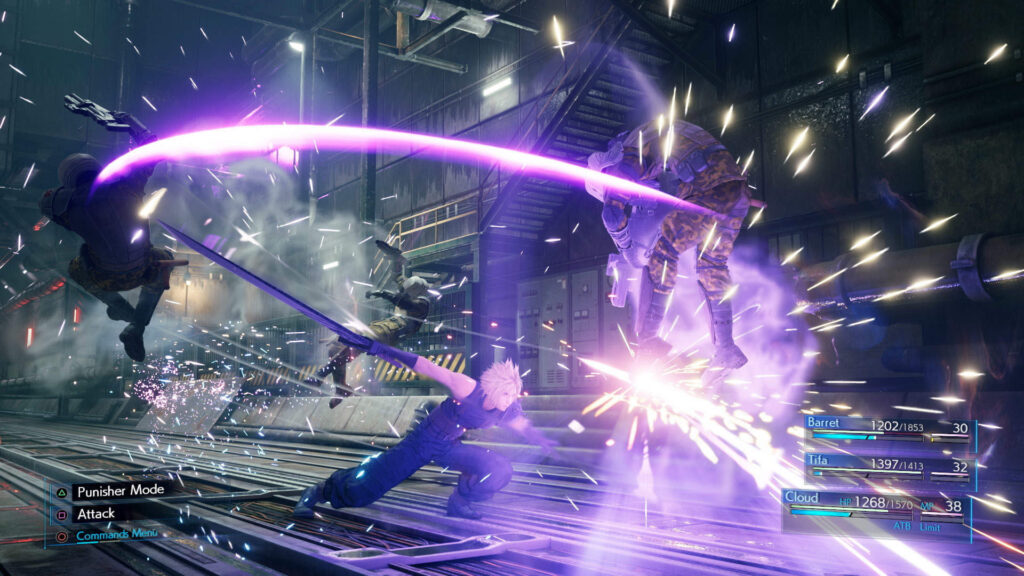
Combat in FF7R can be great, but most of the time I hated each encounter. This is the frustrating side, because I know it can be a lot of fun. What stops the fun? A terrible camera system that feels like Michael Bay directed it while on crack. Three party members are standard for most battles, and switching between them is required to defeat most enemies. That’s fine, it means you have to learn how everybody works and what their strengths are. A great RPG mechanic. The problem is the camera swinging wildly between them. It never gives a good view of the action after a switch. The lock on function doesn’t help this either, because the lock on view is often obscured too.
Summons and Abilities increase the camera problems ten fold. Anytime a special action is selected, the camera tries to give the player a cool cinematic view of the action. I understand the intent, but in execution is leads to a chaotic mess during fights. FF7R trades clarity for flashy visuals.
Square could look to Falcom’s Ys VIII for a better implementation of the multi-character action combat. Three characters are engaged in combat, but switch between them is seamless. Camera angles are never a concern. There’s a visual clarity to the Ys combat that I wanted in FF7R.
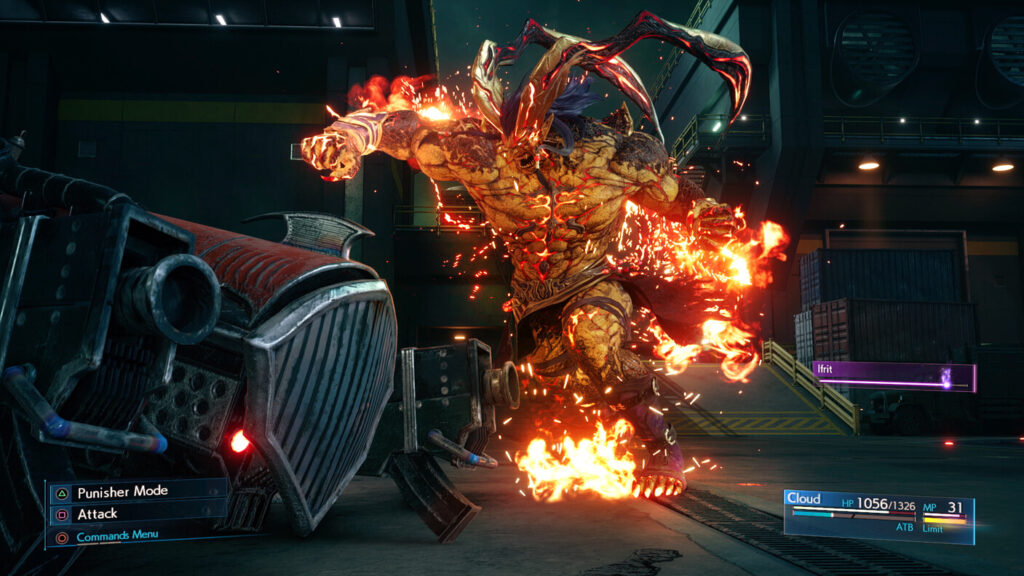
Final thoughts
Looking at my retrospective on Final Fantasy 7, I see a lot of similarities. I talk about combat being a problem, while the story and characters are the highlight. The same applies in Final Fantasy 7 Remake. Combat is better now, but the camera still makes it mostly a frustrating mess. Characters and plot are the highlight, and stand out in the Remake over the original.
Final Fantasy 7 Remake is a bizarre game to review. I loved the story, and absolutely plowed through it to keep experiencing more. I could spend another 100 hours with Cloud, Tifa, Aerith, Barret, Wedge, Biggs and Jessie. That would make me very happy. I sincerely hope they fix the camera issues in FF7 Remake 2, because then I’ll be happy to spend that time with them.
As it is, FF7R is a mixed bag. For any fan of the original, definitely play it. New players, if you like character and plot driven games, give it a shot. To anybody who does pick it up, if you find yourself struggling with the camera in combat and want to stop playing, use Easy mode. Battles are almost impossible to lose, which makes camera frustration easier to handle. The ride is worth the problems.

*SPOILER WARNING*
There is one big story element I want to mention for those who played the original game. Personally I don’t think this impacts the game enough to change a review, but I do want to share my perspective. If you hate spoilers, please stop reading.
Final Fantasy 7 Remake has the best approach to a remake I’ve seen in a long time. It follows the story basics, but weaves in a new story about changing destiny. There are creatures that push characters toward the fates awaiting them in the original game. During the finale, Cloud and company defeat Sephiroth and break that destined track forever.
I absolutely love this. Remakes often get bogged down in being too faithful to the original, or alienate fans by losing what made the original great. By incorporating that into the story itself, the creators acknowledge that conflict. It’s brought right to the forefront and the characters confront that challenge for us.
You fight to escape Destiny, so a new path can be forged. The narrative fits perfectly with the independent spirit of Avalanche. None of our main heroes would accept an easy path laid out before them. They must break free. In doing so future games are free to walk their own path. Square can use whatever elements of the original game they like, and dismiss anything they don’t to pursue a new vision. It’s a perfect use of meta narrative.
Summary
Pros
Characters and Plot are top notch
Character animation and voice work bring the cast to life
Combat mechanics are solid
Cons
Levels are dull and overstay their welcome
Chaotic camera in combat
Side quests are boring
Side characters have almost no dialogue

